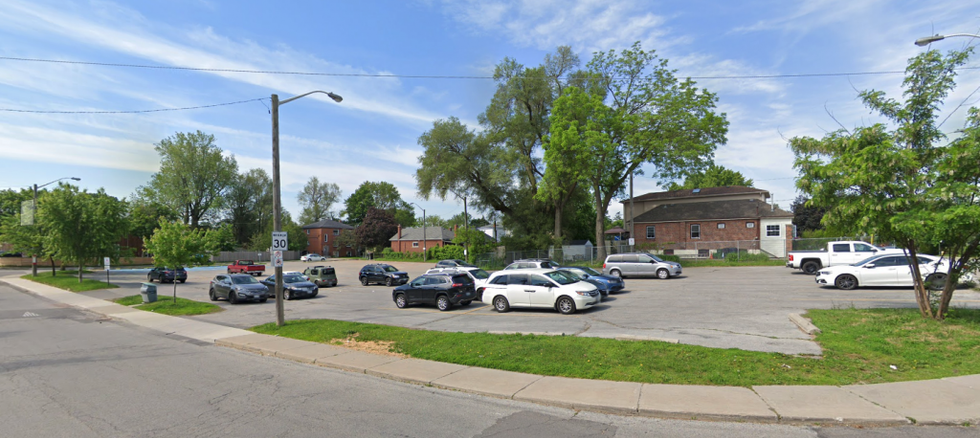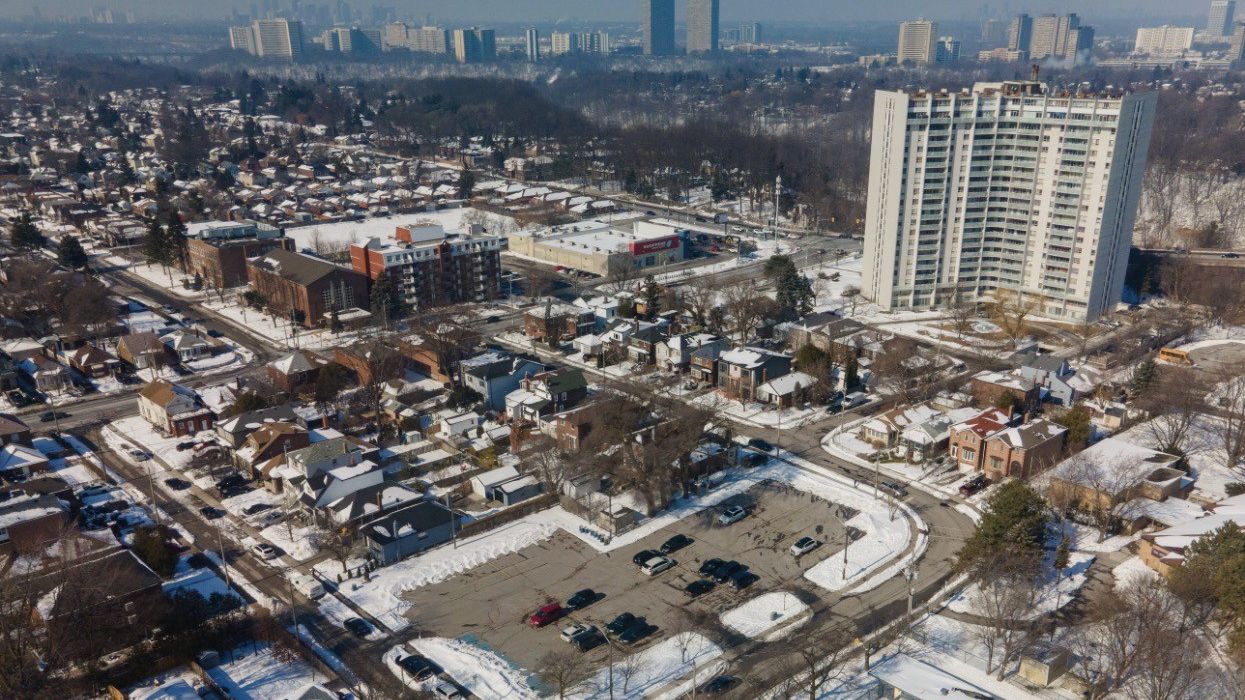When an otherwise normal-looking person, talking earnestly on camera, tells a television reporter that the parking lot in front of him is "the heart of the community" you know something’s not right.
It would have been different had he said the lot was convenient, a great place for kids to play shinny or walk the dog. But no, he said, it's the "heart" of the neighbourhood, “a hub.”
How can an empty space, a void, a nullity, a place meant for nothing except parked cars be the heart of the neighbourhood? To answer that, you have to keep in mind that the lot, on Cedarvale Ave near Woodbine Ave, is the site of a 64-unit affordable housing complex to open later this year. Though experience shows that providing homeless people with a place of their own is the best way to get them off the streets and give them a life, locals are more worried about the parking lot.
NIMBYism is nothing new, of course, it is a fact of urban life. Whether it's a home for single mothers, a halfway house for former drug addicts, or social housing, neighbours are quick to raise the alarm. Yet in almost every case, it’s clear that whatever the arguments may be, the real concern is property values.

Torontonians have a long history of property paranoia. In 1912, city council banned apartment buildings because they attracted the wrong sort of people -- tenants. Unlike owners, renters come and go. They don’t pay property tax. They have no ties to the neighbourhood. They’re transient. That makes them suspicious. Developers quickly found a way to get around the regulation and so it died quickly and quietly. Today apartment buildings can be found from one end of the city to the other and somehow Toronto has survived.
In this case, however, residents of the East York neighbourhood have attempted to shift the discussion from affordable housing to the fate of a beloved parking lot. It’s unclear how many people will buy the argument. Surely most home-owners recognize that parking lots are the lowest form of land use. Almost anything is preferable. But let’s be honest, trying to save a parking lot is less unseemly than trying to stop a desperately affordable housing project.
On the other hand, some might wonder whether this “us versus them” attitude isn’t the real threat to the neighbourhood. It strikes at the very heart of the community, though perhaps not the community as the neighbours see it. But they should remember no neighbourhood is an island. Each is part of something larger, in this case, the city of Toronto.
Clearly, the neighbours aren't comfortable with that. For them the city is a dark and scary place. The homeless are even more frightening.
But the best way to deal with fear of the unknown is to meet it head on. That’s why the city’s failure to keep the community informed is particularly unfortunate. Though a public information session would likely have provided little more than an opportunity to air the usual grievances, one should have been held long ago. The situation is complicated, of course, by the pandemic, but communication is essential.
READ: Where is the Future of Parking in Toronto Heading?
According to Councillor Brad Bradford, Ward 19, Beaches – East York, the city is in a hurry to get the project completed by the end of the year to meet the federal government deadline. That in itself is absurdly bureaucratic, but again it shouldn’t be the neighbours’ problem. However, Bradford admits, “community engagement on this has not gone well. The city should have had signs up on the site. We should have had notices in mailboxes…. stakeholders should have been contacted to get their feedback.”
At a time when distrust of public institutions is so low, the pressure to communicate clearly, openly and honestly is paramount. In a Trumpian post-truth world, perception is reality. No news is bad news. If the city has already lost the battle, it might yet win the war. Staff will have to become much more proactive in its efforts to spread the good news that affordable housing could help connect the neighbourhood to the larger community.
But as anyone who has attended these public meetings knows, some people just can’t take yes for an answer.





















